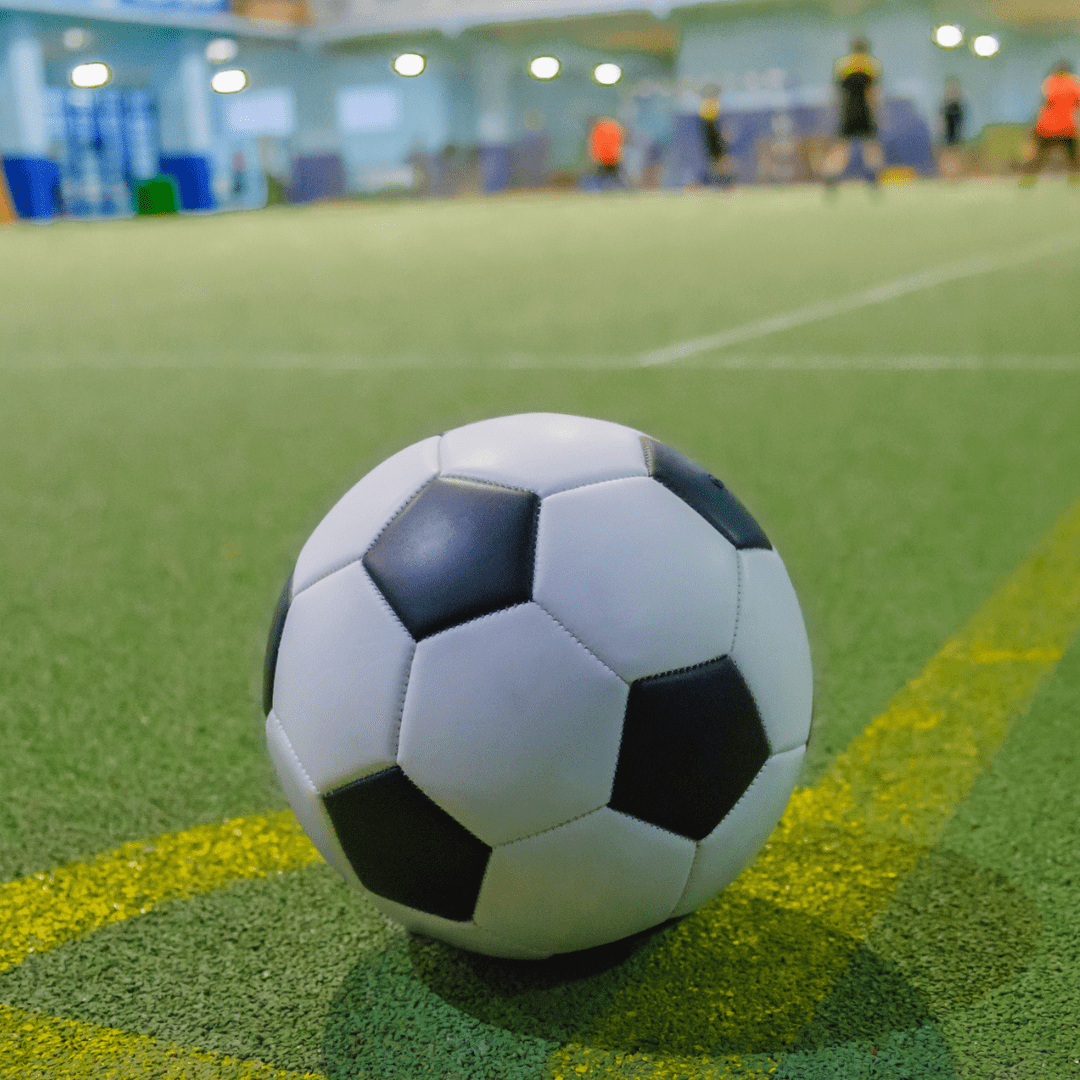
Featured Doctor
Christopher K. Johnson, MD
Get to know Dr. Christopher Johnson, a fellowship-trained orthopedic surgeon and sports medicine specialist at Orthopedic Associates of Dutchess County.
View Profile

As the temperature rises every spring, so does the occurrence of sports-related shoulder injuries. Spring sports such as baseball, softball, lacrosse, golf, and tennis all place a considerable amount of stress on the shoulder. This may cause injuries that weaken the shoulder and impair performance, both in competition and in everyday activities like brushing your teeth or getting dressed. Regardless of an athlete’s age or skill level – recreational, high school, college, or even professional – maintaining a healthy shoulder is critical.
Common shoulder injuries include:
Tendinitis or Bursitis
Tendinitis is inflammation of the tendons in the shoulder, while bursitis is inflammation of the bursa, a small sac filled with fluid that reduces friction in the joint. Both conditions often result from repetitive motion and overuse. Treatment typically includes activity modification, anti-inflammatories, and a course of physical therapy to restore shoulder function.
Rotator Cuff Tears
There are two common types of rotator cuff tears:
– Acute tears occur due sudden trauma, such as a fall or strong jerking motion.
– Degenerative tears are typically seen in older athletes and develop over time from repetitive use, making baseball pitchers, softball pitchers, and tennis players particularly vulnerable.
Non-surgical treatment involves modifying activity, which often alleviates pain. If pain continues, surgery may be necessary.
Biceps Tendinitis
The biceps muscle at the shoulder is actually comprised of two parts: the long head and the short head. The tendon of the long head of the biceps travels through the shoulder joint and can become irritated with repetitive use and lifting. Over time, the tendon can become so weakened that it tears. Typically, this can be treated with rest, activity modification, anti-inflammatories, and therapy and does not require surgery.
Shoulder Instability
Shoulder instability (dislocation) occurs when the head of the upper arm bone is forced out of the shoulder socket, either from sudden injury or overuse. Many dislocations result in a tear in the labrum. The labrum is a soft tissue structure that helps stabilize the shoulder and may require surgical repair to lower the risk of further dislocations. Dislocations can also result in injury to the bone and/or cartilage.
Tips for Preventing Shoulder Injuries:
– Take time to work back into spring activities; going from couch to the playing field can result in sprains and strains.
– Take frequent breaks during sports activities to reduce the load on your shoulder.
– Do exercises like arm stretches to strengthen the shoulder and encourage range of motion.
– If you have shoulder pain, icing the affected area can help reduce possible swelling. If pain persists for more than two to three days, consider seeing a physician for an examination of the area.
– If you experience ongoing pain or weakness in the shoulder during exercise or daily activities, consult a physician to prevent further damage, optimize recovery, and return to activity.





